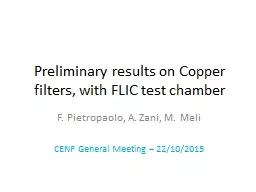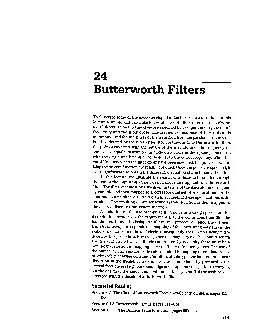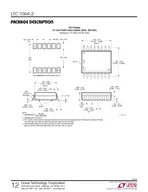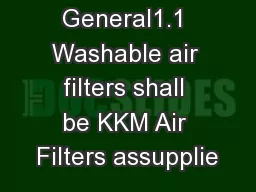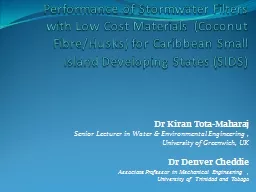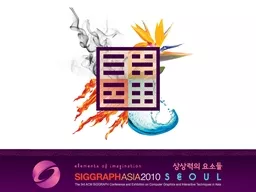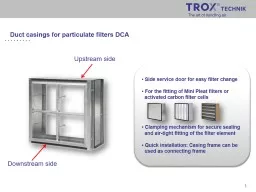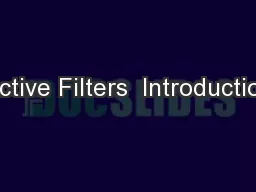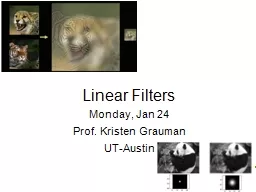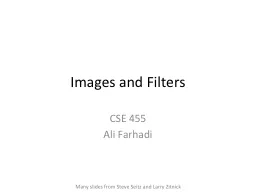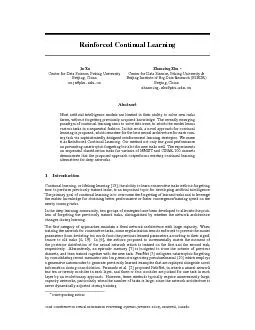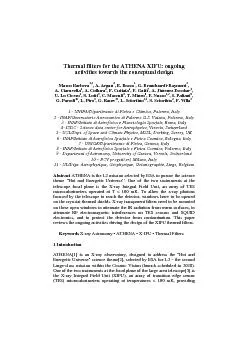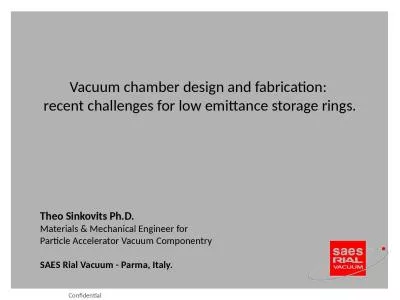PPT-Preliminary results on Copper filters, with FLIC test chamber
Author : impristic | Published Date : 2020-06-30
F Pietropaolo A Zani M Meli CENF General Meeting 22102015 Introduction The ICARUS T600 detector has operated at LNGS with Oxysorb Hydrosorb filters for LAr
Presentation Embed Code
Download Presentation
Download Presentation The PPT/PDF document "Preliminary results on Copper filters, w..." is the property of its rightful owner. Permission is granted to download and print the materials on this website for personal, non-commercial use only, and to display it on your personal computer provided you do not modify the materials and that you retain all copyright notices contained in the materials. By downloading content from our website, you accept the terms of this agreement.
Preliminary results on Copper filters, with FLIC test chamber: Transcript
Download Rules Of Document
"Preliminary results on Copper filters, with FLIC test chamber"The content belongs to its owner. You may download and print it for personal use, without modification, and keep all copyright notices. By downloading, you agree to these terms.
Related Documents

